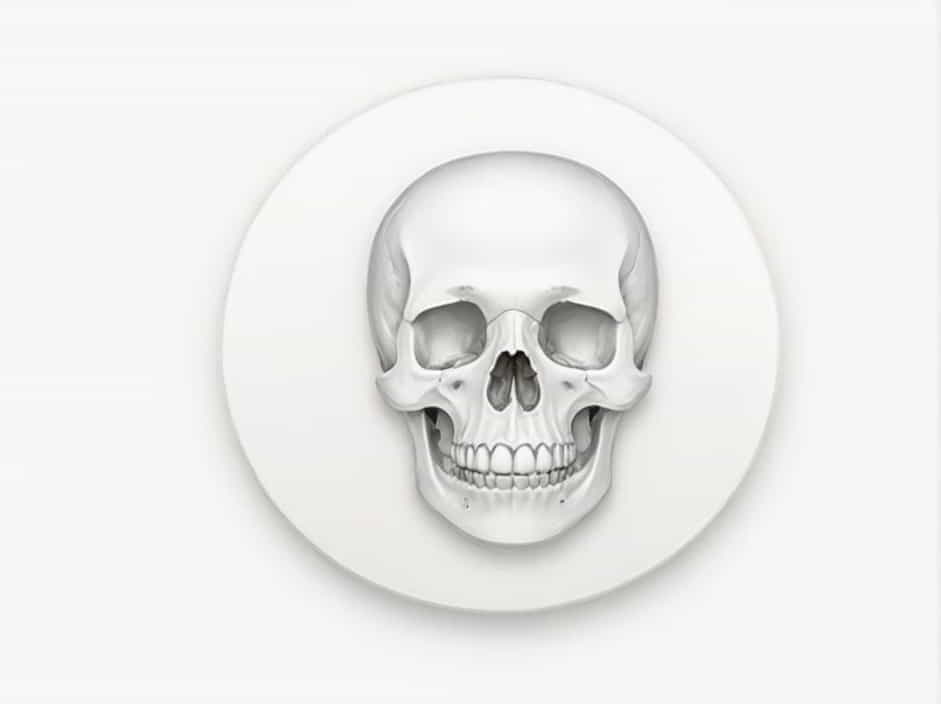The maxilla is one of the most important bones in the human skull. It plays a crucial role in facial structure, dental support, and overall function. Without the maxilla, essential tasks like chewing, speaking, and even breathing would be significantly affected.
In this topic, we will explore where the maxilla is located, its anatomy, functions, and its importance in daily life. We will also discuss common medical conditions that affect the maxilla and ways to maintain its health.
Where Is the Maxilla Located?
The maxilla is located in the upper part of the skull, forming the upper jaw and part of the face. It consists of two fused bones, one on each side of the face, meeting at the midline. This bone is connected to several other facial bones, contributing to the overall structure of the skull.
Key Features of the Maxilla
- Forms the Upper Jaw – Supports the upper teeth and plays a role in chewing and speech.
- Creates the Roof of the Mouth – Helps form the hard palate, separating the oral and nasal cavities.
- Supports the Nose and Eyes – Contributes to the nasal cavity and eye sockets (orbits).
- Connects to Other Facial Bones – Works with the zygomatic, nasal, frontal, and palatine bones for facial structure.
The Anatomy of the Maxilla
The maxilla has several important parts that contribute to different functions. These include:
1. Alveolar Process
- The ridge of bone that holds the upper teeth.
- Supports dental health and plays a role in chewing.
2. Palatine Process
- Forms the hard palate (roof of the mouth).
- Separates the oral and nasal cavities, allowing proper breathing and eating.
3. Frontal Process
- Extends upward to connect with the frontal bone.
- Helps support the nose and eye sockets.
4. Zygomatic Process
- Connects with the zygomatic bone (cheekbone).
- Contributes to facial shape and structure.
5. Infraorbital Foramen
- A small opening below the eye socket.
- Allows passage of nerves and blood vessels to the face.
Functions of the Maxilla
1. Supports Teeth and Chewing
- Holds the upper teeth in place.
- Works with the lower jaw (mandible) for chewing and biting food.
2. Forms the Structure of the Face
- Helps define facial features and supports soft tissues.
- Contributes to eye socket stability and nasal structure.
3. Assists in Breathing and Speech
- Forms the nasal cavity, allowing proper airflow.
- Works with the tongue and lips for clear speech production.
4. Protects Vital Structures
- Shields nerves, blood vessels, and the sinuses.
- Prevents injury to the brain and sensory organs.
Conditions That Affect the Maxilla
Several medical conditions and injuries can impact the maxilla, affecting function and appearance.
1. Maxillary Fractures
- Can occur from trauma, accidents, or sports injuries.
- May lead to swelling, pain, and difficulty eating or speaking.
- Often requires surgical treatment for realignment.
2. Cleft Palate and Cleft Lip
- A congenital condition where the palatine process fails to fuse properly.
- Can cause speech difficulties and feeding problems.
- Treated with surgery and speech therapy.
3. Sinus Infections (Sinusitis)
- The maxillary sinuses, located within the maxilla, can become inflamed.
- Leads to facial pain, congestion, and difficulty breathing.
- Managed with medications or sinus drainage procedures.
4. Temporomandibular Joint (TMJ) Disorders
- The maxilla works with the lower jaw (mandible) and TMJ.
- TMJ issues can cause jaw pain, clicking sounds, and difficulty chewing.
5. Dental Problems
- Tooth loss, gum disease, or misalignment can affect the alveolar process.
- May require braces, dental implants, or bone grafting.
How to Maintain Maxillary Health
1. Practice Good Oral Hygiene
- Brush and floss daily to prevent tooth decay and gum disease.
- Visit the dentist regularly for check-ups and cleanings.
2. Protect Your Face and Jaw
- Wear protective gear when playing sports.
- Avoid high-impact activities that could cause fractures.
3. Treat Sinus Infections Promptly
- Use nasal sprays, steam inhalation, and medications for relief.
- Avoid allergens that can trigger sinus inflammation.
4. Maintain a Balanced Diet
- Consume calcium-rich foods to support bone strength.
- Stay hydrated to keep oral tissues healthy.
5. Address Dental Issues Early
- Fix tooth misalignment, cavities, or missing teeth to maintain jaw function.
- Consider orthodontic treatments or dental implants if necessary.
The maxilla is a vital bone in the upper part of the skull, forming the upper jaw, hard palate, and parts of the nasal and eye sockets. It supports the teeth, aids in breathing and speech, and contributes to facial structure.
Maintaining maxillary health through good oral hygiene, injury prevention, and prompt medical care is essential for overall well-being. Understanding the importance of this bone helps us appreciate how it impacts daily life and essential functions.
